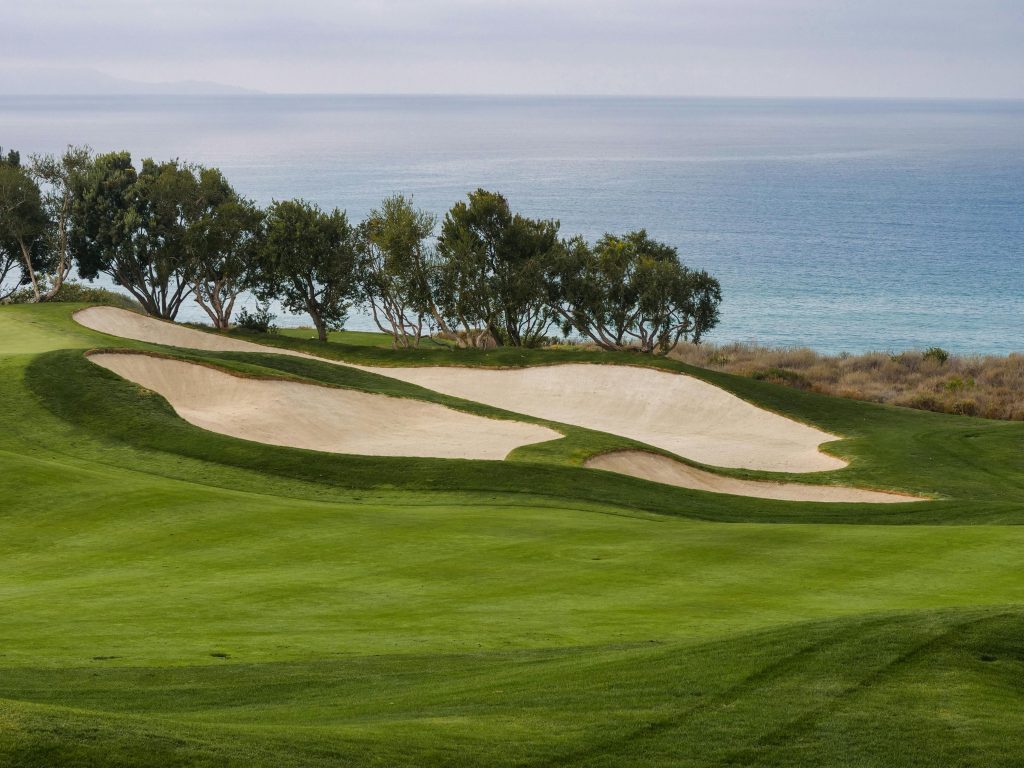Golf courses are often considered works of art, blending natural beauty with precise design to create a challenging yet enjoyable playing experience. The role of turf on a golf course goes far beyond simply covering the ground—it plays a key role in both the aesthetics and functionality of the course. Professional turf providers are essential in maintaining and improving these landscapes, ensuring that both the visual appeal and playability of the course meet the highest standards.
Enhancing the Visual Appeal of Golf Courses
The beauty of a golf course is enhanced by well-maintained turf. Turf providers select and install the best grass varieties based on climate, course design, and soil conditions, ensuring year-round visual appeal. The right turf selection also ensures vibrant colors, healthy growth, and a uniform appearance, which elevates the overall aesthetic experience.
Golfers and visitors alike appreciate the sight of expansive, well-kept fairways and immaculately trimmed greens. This attention to detail makes a golf course visually appealing and helps create an inviting atmosphere, adding to the overall charm of the location.
Optimizing Playability Through Turf Quality
Beyond aesthetics, turf quality is essential for optimal playability on the course. The texture, density, and consistency of the grass affect how the ball behaves on the green and throughout the fairways. Professional turf providers work diligently to maintain the quality of the grass to meet the specific needs of the course, ensuring that golfers have a smooth and predictable playing surface.
Grass that is too soft or too hard can significantly impact the game, making it more difficult for players to control the ball. This involves regular maintenance and mowing, soil aeration, and the installation of advanced irrigation systems to keep the turf lush and in prime condition.
In addition, turf providers often use innovative techniques to create surfaces that enhance ball roll, speed, and control. With a deep understanding of golf course design, these professionals ensure that the turf meets the demands of both casual players and professional tournaments.
Creating Sustainable and Low-Maintenance Solutions
One of the growing trends in the golf course industry is the shift toward sustainable and low-maintenance turf solutions. Environmental concerns, water conservation, and labor costs have prompted many golf courses to seek out turf options that require less water and upkeep. This is where synthetic turf comes into play.
Companies like Synthetic Turf International have developed advanced artificial turf products that mimic the look and feel of natural grass while reducing the need for water, fertilizers, and pesticides. These synthetic options offer an alternative that maintains the playability and aesthetics of the course, all while being more environmentally friendly. Turf providers who specialize in synthetic options can help golf courses transition to these solutions, allowing them to save on maintenance costs and reduce their ecological footprint.
Improving Course Longevity and Performance
Turf providers also play a significant role in ensuring the longevity and durability of the golf course. By selecting high-quality, weather-resistant turf and implementing effective maintenance practices, they ensure that the grass remains resilient, even in challenging conditions. Well-maintained turf stands up to heavy foot traffic, seasonal changes, and varying weather, which improves the course’s overall performance and extends its lifespan.
Golf courses that invest in top-quality turf not only provide a better experience for golfers but also protect the investment in the course infrastructure. Proper turf management allows for more consistent playability and reduces the likelihood of wear and tear that can affect the course’s long-term health.


